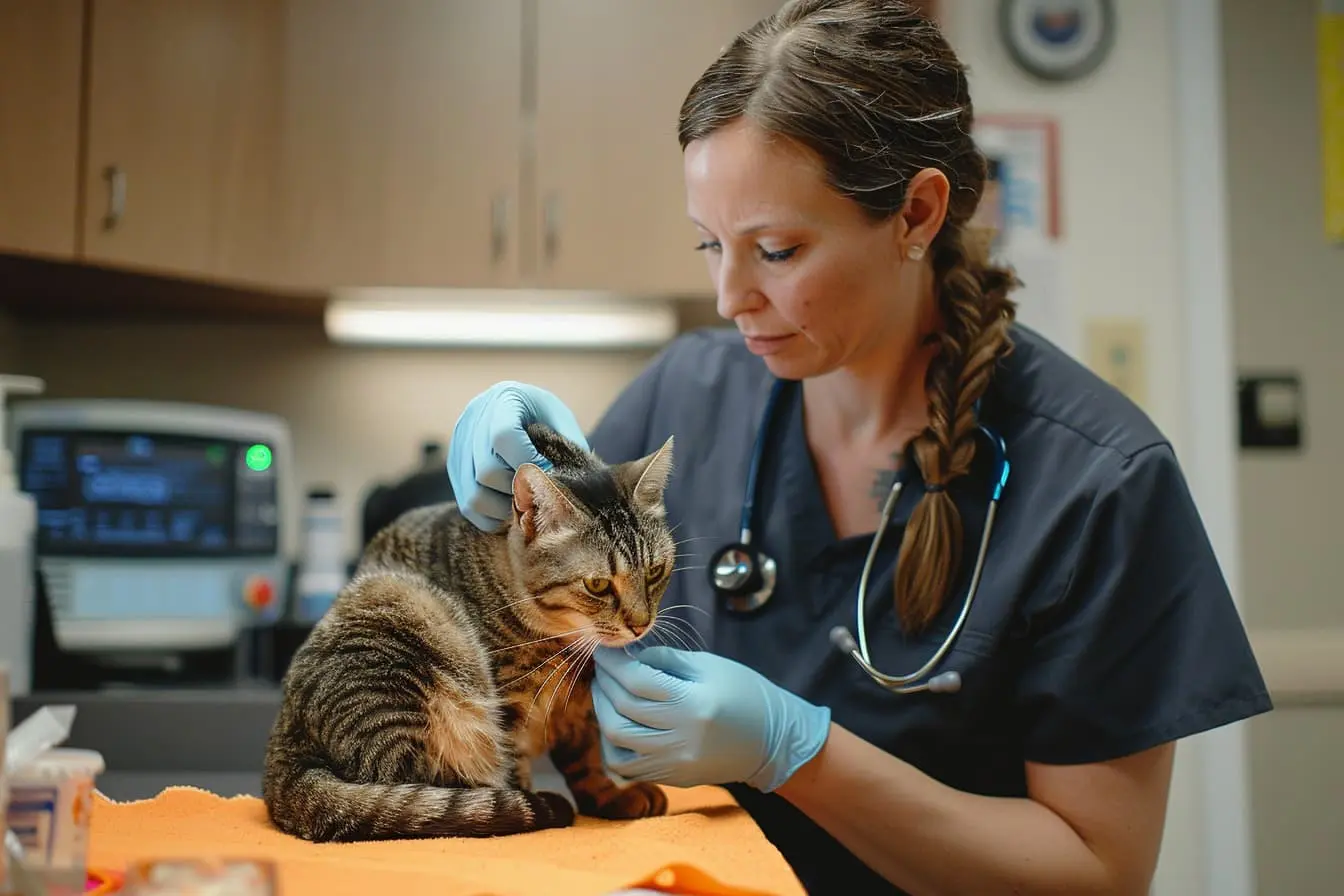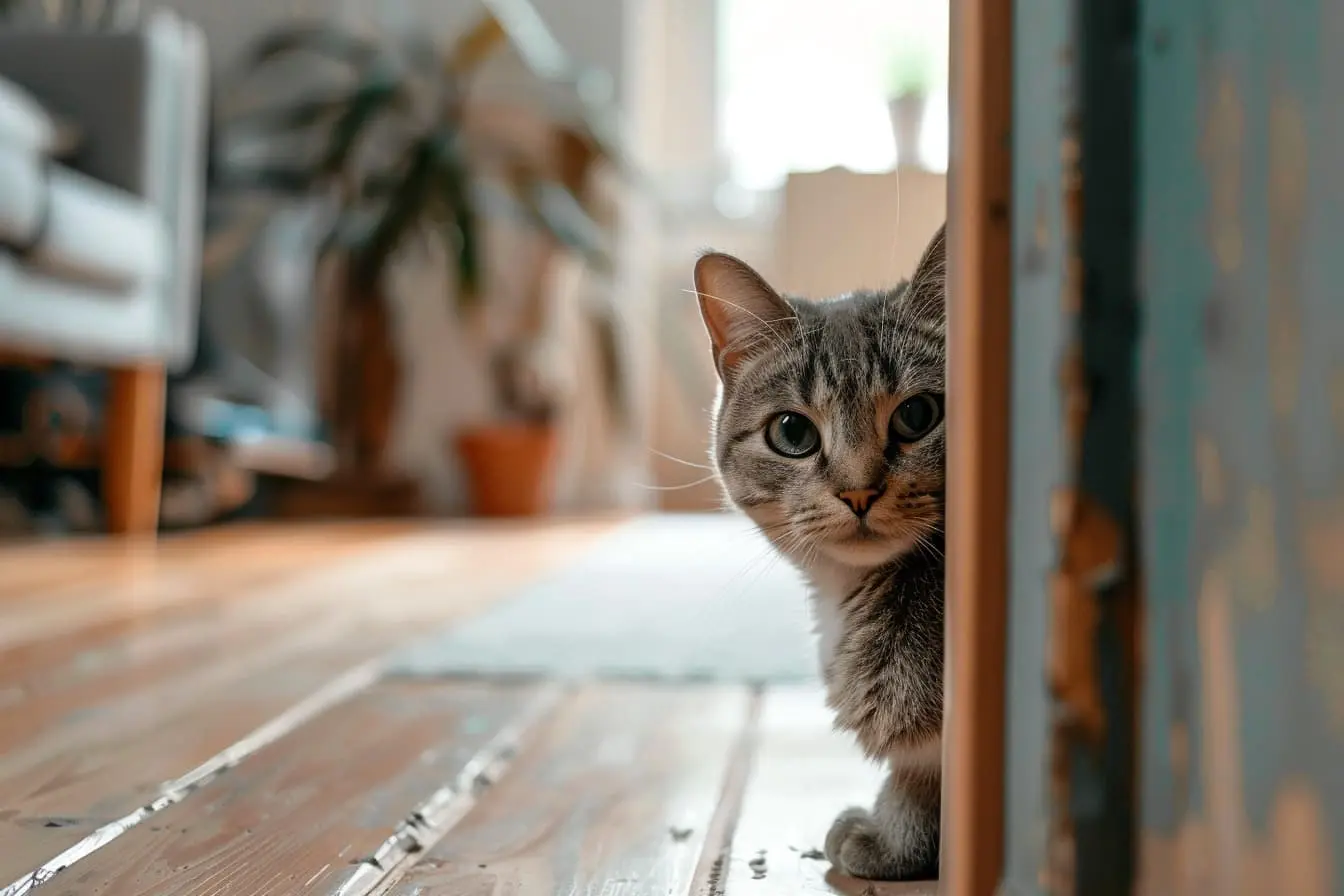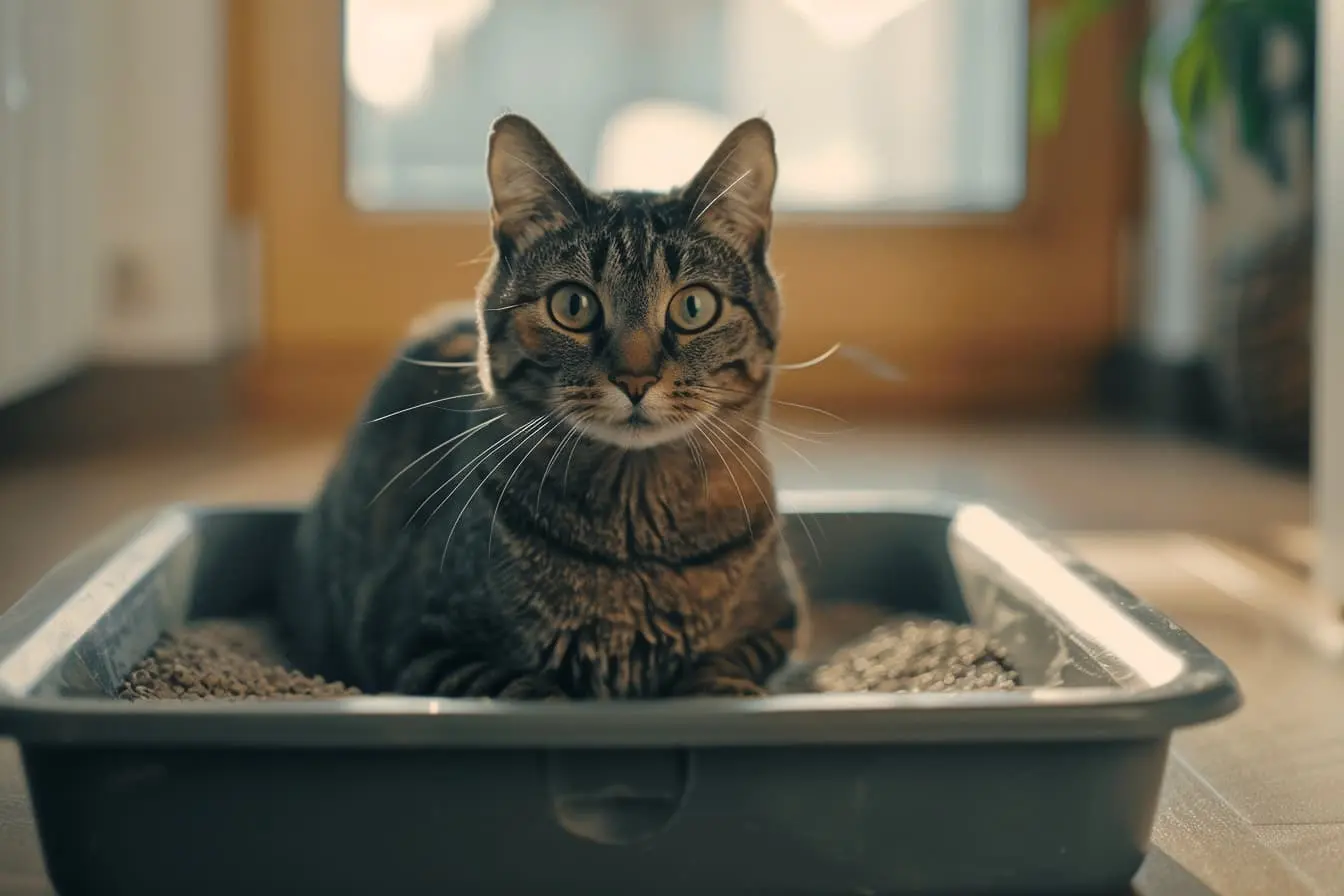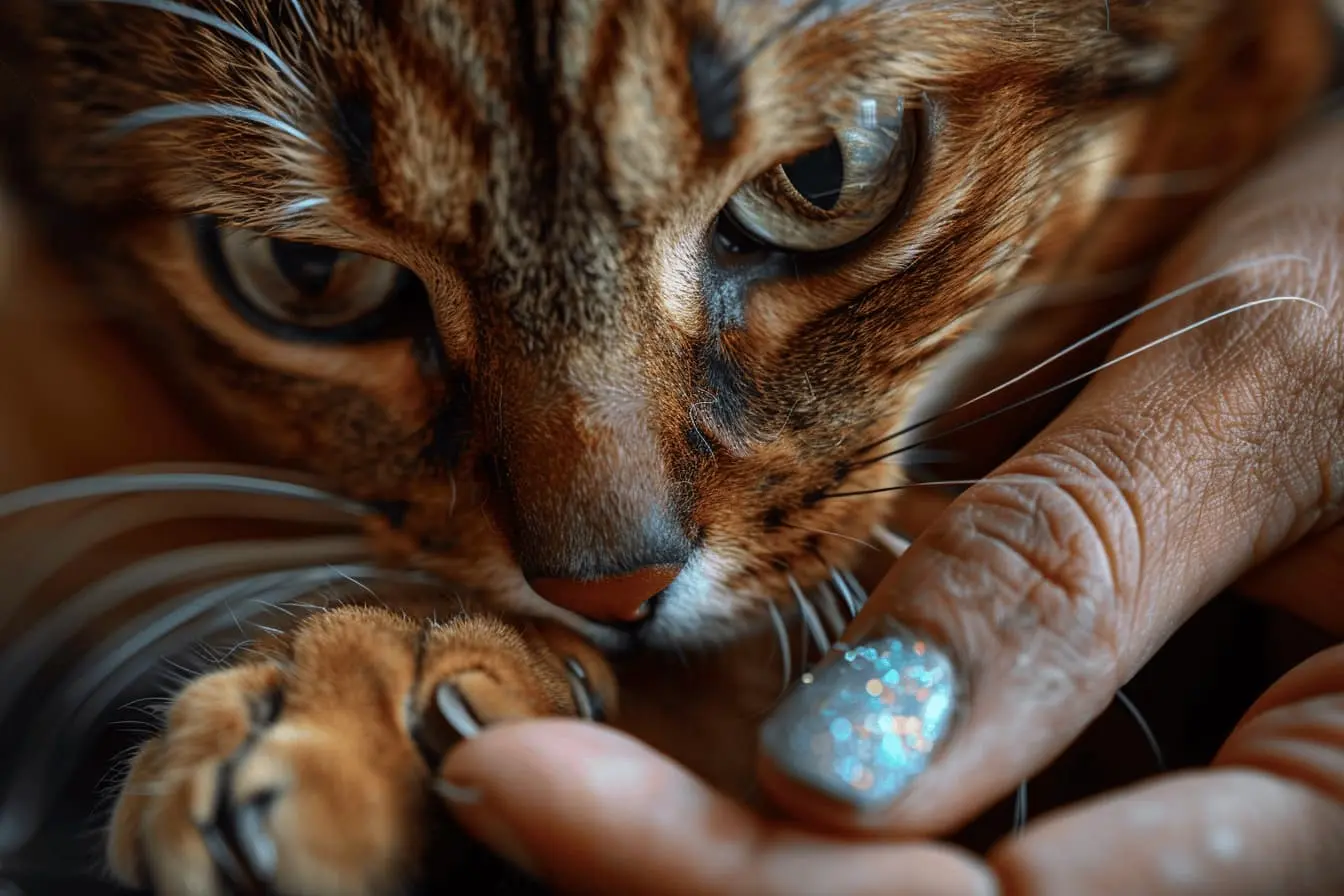
Microchipping Your Cat: A Must for UK Pet Owners Before June 2024
A significant change is on the horizon that you need to be aware of: the UK government has announced that, from June 2024, it will be mandatory for all cats to be microchipped. This move aims to reduce the number of lost and stray cats, making it easier to reunite them with their owners.
Understanding Microchipping
Microchipping is a simple, safe, and effective way to keep your pet secure. A microchip is a tiny device, about the size of a grain of rice, which is inserted under your cat's skin, usually between the shoulder blades. This procedure is quick, relatively painless, and can be done during a routine vet visit.
Each microchip contains a unique identification number. This number is registered on a national database along with your contact details. Should your cat ever go missing and is found, a vet, animal warden, or rescue centre can scan the microchip to retrieve your contact information and reunite you with your pet.
Why Microchipping Is Essential
- Safety and Peace of Mind: The primary benefit of microchipping is the peace of mind it brings. Knowing that your pet can be identified and returned to you if lost is reassuring for any pet owner.
- Legal Compliance: With the upcoming legislation change in June 2024, microchipping your cat will also ensure you're compliant with UK law, avoiding any potential fines or legal issues.
- Effective Pet Recovery: Collars and tags are useful but can be lost or removed. A microchip is a permanent form of identification that significantly increases the chances of your pet being returned to you.
Preparing for Microchipping
- Choose a Vet: If your cat hasn't been microchipped yet, the first step is to choose a vet. Most veterinary clinics offer microchipping services.
- Update Your Information: Make sure your contact details are up-to-date in the microchip registry. If you move house or change your phone number, update this information promptly.
- Understand the Costs: The cost of microchipping is relatively low, usually between £10 and £30. This is a small price to pay for the added security it provides.
The Microchipping Process
- The Appointment: The microchipping process is quick. Your vet will insert the microchip with a special needle. The procedure is over in seconds and is no more painful than a standard vaccination.
- Aftercare: There is minimal aftercare required following microchipping. You might want to monitor the injection site for any signs of discomfort or adverse reaction, although such instances are rare.
Post-Microchipping: What Next?
Once your cat is microchipped, ensure that:
- Registration is Complete: Confirm that your vet has registered the microchip with the national database and that your contact details are correct.
- Keep Details Up-to-Date: If your contact details change, remember to update them on the microchip database.
- Annual Checks: When you take your cat for its annual health check, ask your vet to scan the microchip to ensure it's working correctly.
Conclusion
Microchipping is an essential step in responsible pet ownership, offering a reliable way to protect your furry friend. With the upcoming changes in legislation, it's now more important than ever to ensure your cat is microchipped. Get ahead of the change and schedule your microchipping appointment today. Your cat is more than just a pet; they're part of your family. Microchipping ensures that they stay that way.
Vets near you
Speciality vets
- Aquatics vet specialists
- Birds vet specialists
- Camelids vet specialists
- Cats vet specialists
- Cattle vet specialists
- Deer vet specialists
- Dogs vet specialists
- Equines vet specialists
- Exotic vet specialists
- Goats vet specialists
- Pigs vet specialists
- Poultry vet specialists
- Sheep vet specialists
- Small Mammals vet specialists
- Wild vet specialists



